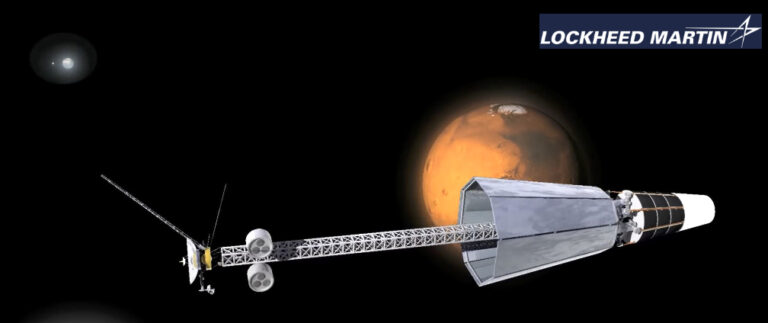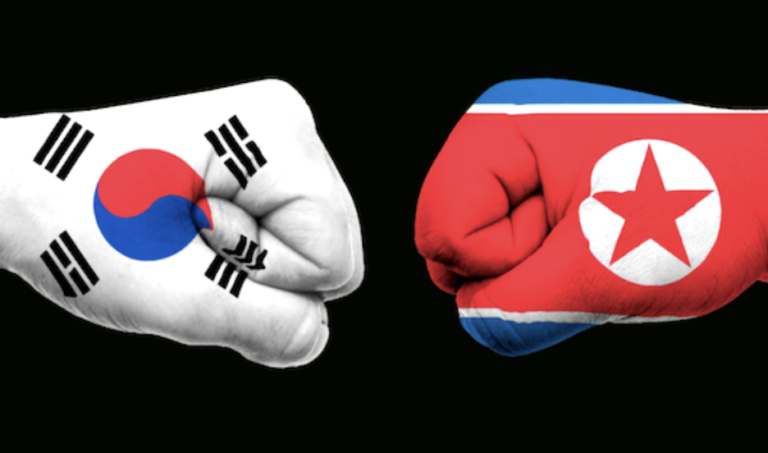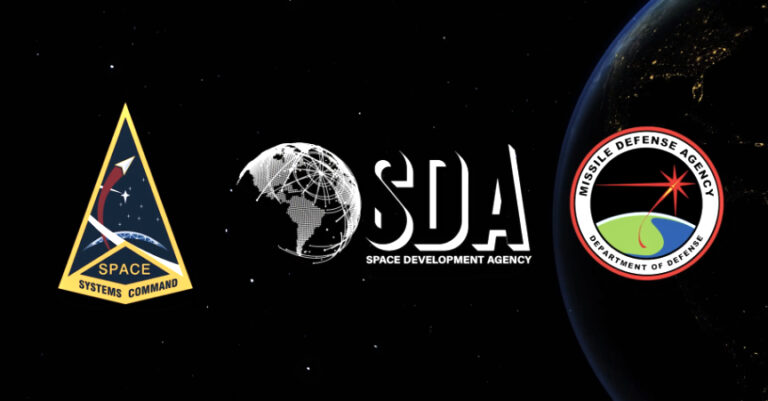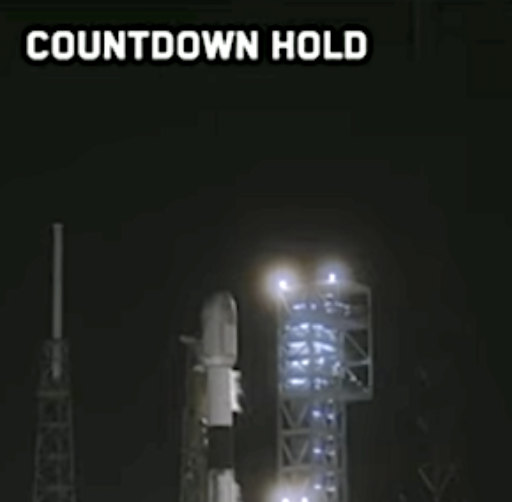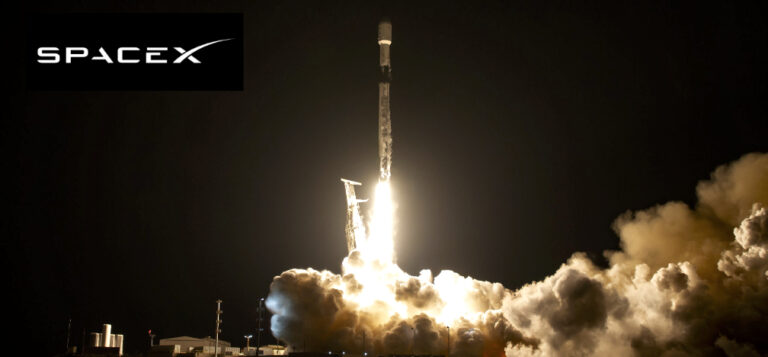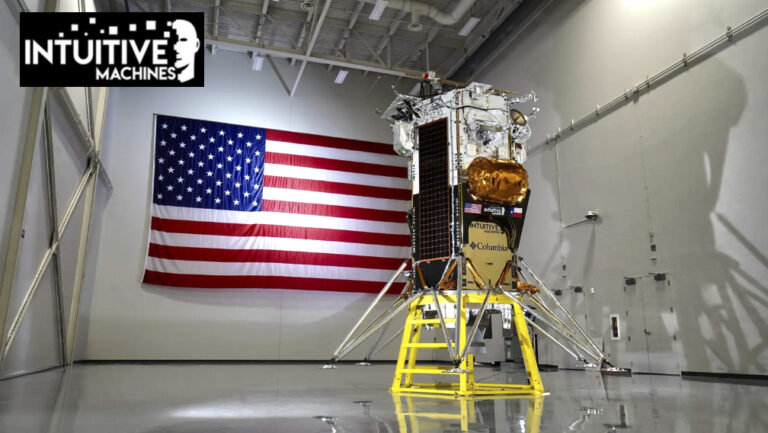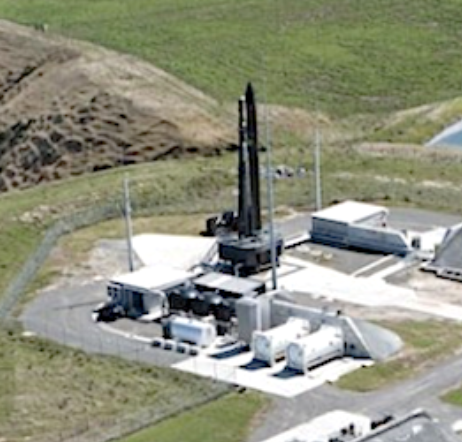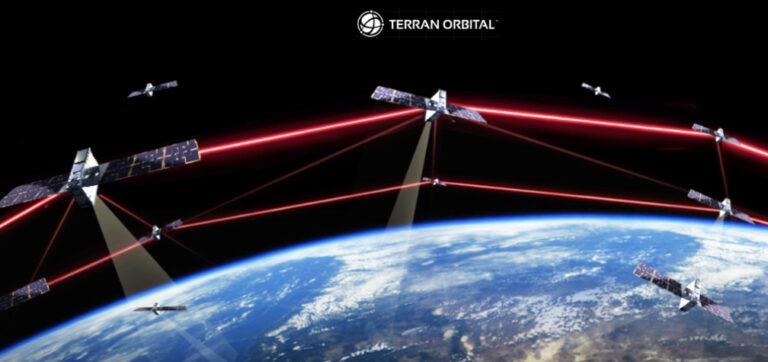FEATURED
The best of SatNews—essential reads, standout reporting, and hand-picked stories worth your time.
STARSHIP UPDATE #2: Starship’s second launch a success using helpful data from first launch
UPDATE #2: "We have liftoff," as Starship returned to integrated flight testing with it’s second launch from Starbase in Texas. While it didn’t happen in a lab or on a test stand, it was absolutely a test. What we did ...
Lockheed Martin jets into nuclear electrical spacecraft power
Hot off the heels of the DRACO announcement in July 2023, Lockheed Martin was awarded $33.7 million from the Air Force Research Laboratory (AFRL) for the Joint Emergent Technology Supplying On-Orbit Nuclear (JETSON) High Power program to mature high-power nuclear electric power and propulsion ...
Northrop Grumman completes CDR for the SDA’s Tranche 1 Tracking Layer
The Tranche 1 Tracking Layer is designed to detect, track and ultimately target hypersonic and ballistic missiles. (Image Credit: Northrop Grumman) Northrop Grumman Corporation (NYSE: NOC) recently completed the company's Critical Design Review (CDR) on a proliferated LEO constellation of ...
The 5th + 6th SES O3b mPOWER MEO sats successfully launched by SpaceX
On Sunday, November 12, at 4:08 p.m. ET, SpaceX launched the SES O3b mPOWER mission to MEO from Space Launch Complex 40 (SLC-40) at Cape Canaveral Space Force Station in Florida. This was the ninth flight of the first stage ...
Security Space Launch Phase 2 Procurement assignments made by SSC
Space Systems Command (SSC) has assigned 21 new launch service mission assignments for the FY24 National Security Space Launch (NSSL) Phase 2 Launch Service Procurement contract following completion of the NSSL Mission Assignment Board (MAB)’s assignment process for FY24 launch ...
Two Koreas race to launch first homegrown military spy satellites
South Korean (left) and North Korean flags. (123rf) In a high-stakes race, South and North Korea are vying for success in launching their first homegrown military spy satellites, backed respectively by the United States and Russia, as a pivotal initiative ...
U.S. Senate passes act to support technologies to clear dangerous orbital debris endangering astronauts and satellites
A pressure vessel from SpaceX’s Falcon 9 rocket was found in a man’s farm last weekend.Grant County Sheriff’s Office The U.S. Senate unanimously passed the Orbital Sustainability (ORBITS) Act, a bipartisan bill to establish a first-of-its-kind demonstration program to reduce ...
Virgin Galactic’s sixth successful mission in six months with a suborbital lab
Virgin Galactic's VSS Unity space plane lights its rocket motor during the Galactic 05 suborbital mission on November 2, 2023. (Image credit: Virgin Galactic) Virgin Galactic Holdings, Inc. (NYSE: SPCE) (“Virgin Galactic” or the “Company”) today announced the completion of ...
UPDATE: SpaceX’s Friday night launch of 23 Starlinks and breaks another re-flight record
UPDATE: On Friday, November 3 at 8:37 p.m. ET, Falcon 9 launched 23 Starlink satellites to low-Earth orbit from Space Launch Complex 40 (SLC-40) at Cape Canaveral Space Force Station in Florida. SpaceX broke another re-flight record with this launch ...
Iridium celebrates 25 years of innovation, transformation + global connectivity
Iridium Communications Inc. (NASDAQ: IRDM) is celebrating the 25th anniversary of the firm's truly global services that are provided by the Iridium® network, with events held in Arizona and Virginia — the festivities brought together Iridium employees, the original founders and early investors, ...
Northrop Grumman selected to deliver nearly 40 data transport satellites to SDA
The Space Development Agency (SDA) has awarded Northrop Grumman Corporation (NYSE: NOC) an agreement with a total potential value of approximately $732 million to design and build 38 data transport satellites — these satellites will support Tranche 2 Transport Layer ...
Liftoff as SpaceX soars with 23 Starlink satellites
UPDATE #2: On Monday, October 30 at 7:20 p.m. ET, Falcon 9 launched 23 Starlink satellites to low-Earth orbit from Space Launch Complex 40 (SLC-40) at Cape Canaveral Space Force Station in Florida. This was the eighth flight for the ...
SDA awards billion$ for 100 Alpha variant satellites for Tranche 2 Transport Layer
The Space Development Agency (SDA) has awarded two Other Transaction Authority (OTA) prototype agreements with a total value of approximately $1.3 billion to build and operate the Tranche 2 Transport Layer (T2TL) — Alpha variant prototype constellation, consisting of 100 ...
Update: SpaceX launch abort at T-30
UPDATE: The launch of a SpaceX Falcon 9 launch vehicle with 23 Starlink satellites (Starlink-118 / Starlink 6-25) to low-Earth orbit from Space Launch Complex 40 (SLC-40) at Cape Canaveral Space Force Station in Florida, was aborted on 30 October ...
EUTELSAT KONNECT VHTS enters service
Photo is courtesy of Toys Films. Eutelsat Communications (Euronext Paris / London Stock exchange: ETL) has successfully entered into service the company's EUTELSAT KONNECT VHTS (Very High Throughput Satellite) at the 2.7°E orbital position. Artistic rendition of the EUTELSAT KONNECT ...
SpaceX: 22 Starlinks travel to orbit — 23 Starlinks launch re-set for October 30th after an abort called at Canaveral SFS
On Sunday, October 29th at 2:00 a.m., PT, a SpaceX Falcon 9 launched 22 Starlink satellites to LEO from Space Launch Complex 4 East (SLC-4E) at Vandenberg Space Force Base in California. This was the seventh flight for the first ...
Intuitive Machines sets January of 2024 for U.S. Lunar Mission
Intuitive Machines, Inc. (Nasdaq: LUNR, LUNRW) has announced that, in coordination with SpaceX, liftoff of the IM-1 lunar mission is now targeted for a multi-day launch window that opens on January 12, 2024. The Intuitive Machines IM-1 mission will be ...
FAA authorizes Rocket Lab to resume launches from New Zealand
Launch Complex 1 - Mahia, New Zealand - Private Orbital Launch Site Rocket Lab USA, Inc. (Nasdaq: RKLB) (“Rocket Lab” or “the Company”)provider of launch services and space systems, announced it has received authorization from the Federal Aviation Administration (FAA) ...
Terran Orbital to build 36 satellite buses for Lockheed Martin
Lockheed Martin has awarded Terran Orbital Corporation (NYSE: LLAP) a contract to build 36 satellite buses for Space Development Agency’s (SDA) Tranche 2 Transport Layer (T2TL) Beta constellation. Terran Orbital will deliver the buses to Lockheed Martin, which will conduct ...
ESA’s call for proposals: Fly Your Satellite!
3Cat-4 team finalizing their CubeSat Thermal Vacuum Test.Photo is courtesy of ESA ESA invites university and other tertiary education student teams from an eligible state that are producing pico- or nanosatellites (CubeSats or PocketQubes) with educational objectives to propose their ...


